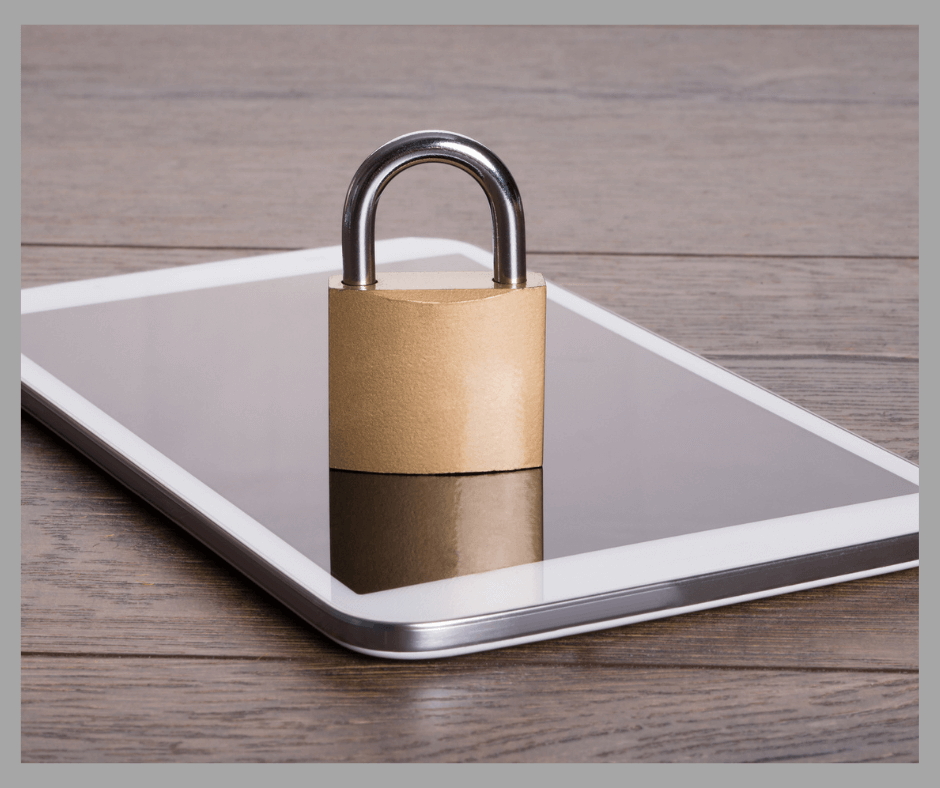What is two factor authentication and should you be enabling it?
Have you ever had the unfortunate experience of having one of your online accounts hacked?
If so, you know firsthand the havoc it can cause.
If not, lucky you. However, there may still be a step you want to consider taking in order to add an additional layer of security to your online acoounts.
The credit card which I use, The Capital One Venture Card (referral link) includes a link to a credit monitoring service. Since I don’t really like surprises on my credit report, I check it often.
The last time I clicked on the link, I got a surprise. Not a surprise in a credit score change. Instead, what awaited me was an alert that my e-mail had been detected on the dark web.
If you don’t know a lot about the dark web, suffice it to say, the dark web isn’t a place you want to find any of your personal information. It’s a precursor to getting hacked.
Immediately, I logged into my email account and changed the password.
And, although I don’t remember doing it, two factor authentication had been enabled.
Changing the password on my email account required that I retrieve a code sent to the alternative email account on file.
It gave me a little bit of peace to know that, if anyone other than me attempted to change the password on my email account, a secondary method of identification would be required.
What is two factor authentication?
Two factor authentication (2FA) verifies that the person who is trying to access a device or account is who they say they are.
Two factor authentication is also known as multi-factor authentication (MFA).
The first factor is something you know. In most cases, your name and password.
The second factor requires something to which you have access, like an alternative email address or your smartphone.
In the case of my email, a code was sent to my alternative email address. Access to the alternative email was required in order to retrieve the code.
The primary benefit of two factor authentication is improved security.
Requiring a second source of identification adds a layer of security.
If a hacker is able to guess or obtain the password for an account, a second factor is required before access is permitted.
There are some disadvantages to enabling two factor authentication.
Two factor authentication has a frustration factor.
If you’re signing in from a new device, and two factor authentication has been enabled, it will be necessary to stop and retrieve a code from another source, such as another email or a text message.
It is necessary to maintain access to whatever you have enabled as your second source.
Typically, the second source is a phone number or an alternative email.
(There are others, but these are the two with which most people are familiar.)
Losing access to the second factor can be challenging and time consuming to sort out.
If you are unable to prove your identity, you could permanently lose access.
Our youngest son experienced this with his credit card. It was frustrating, time consuming and resulted in a lengthy phone call with a customer service representative. Ultimately, he was required to upload a copy of his state issued identification in order to prove his identity.
Two factor authentication is not one hundred percent hacker proof.
Nothing online is. If you have an online account, you are susceptible to hackers. Period. No technology in the world will protect you one hundred percent.
If you think the benefit of enabling two factor authentication outweighs the disadvantages, there are some steps you can take to minimize the frustration and risk.
Keep a list, in whatever way you have devised, of every online account.
Know your username, password, which email address and telephone number is associated with which account.
Keep track of whether two factor authentication has been enabled.
If two factor authentication has been enabled, make sure you know what form or forms of secondary contact you have chosen.
If possible, provide two methods of secondary factor identification. Hopefully, if you no longer have access to one, the other will still be a possibility.
If you change phone numbers, make sure the account is updated with the new number prior to losing access to the old phone number.
Do you want to enable two factor authentication?
Some companies are adding two factor authentication automatically.
Other companies are automatically enabling it from their end, but you are able to opt out if you desire.
If it’s not automatic and you want to enable two factor authentication, go to the settings of the account and see if two factor authentication is an option.
Every account is different, and you will have to go through a different process with every account.
Should you enable two factor authentication?
Only you can decide if the benefits outweigh the possible frustrations.
For me, if it is available, it’s a no brainer. It’s a whole lot less time consuming to retrieve a code or wait on a text than it is to try to gain access to an account into which someone has been able to hack.
An ounce of prevention, two factor authentication, is definitely worth a pound of cure.
TAKE ACTION!
Sign Up for Micki’s Little Letter
Like it? Take a minute to share it!
